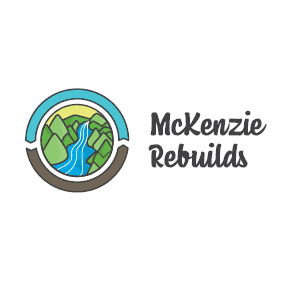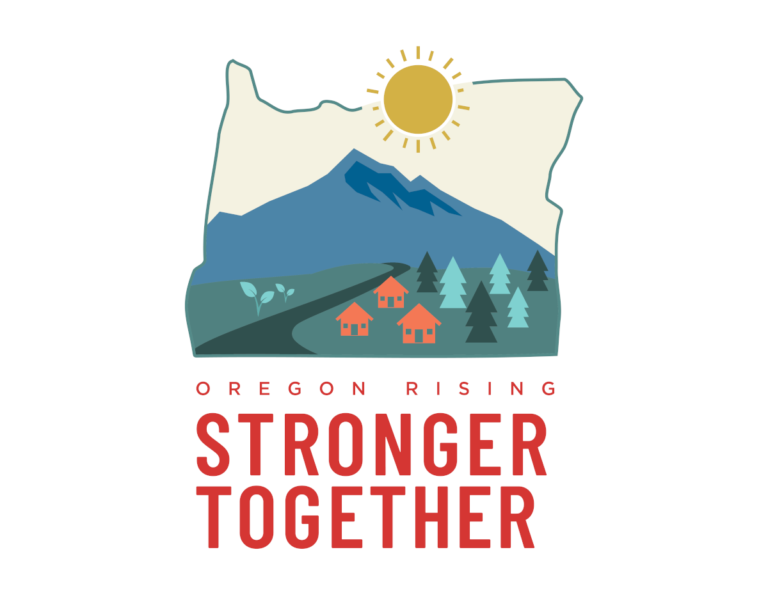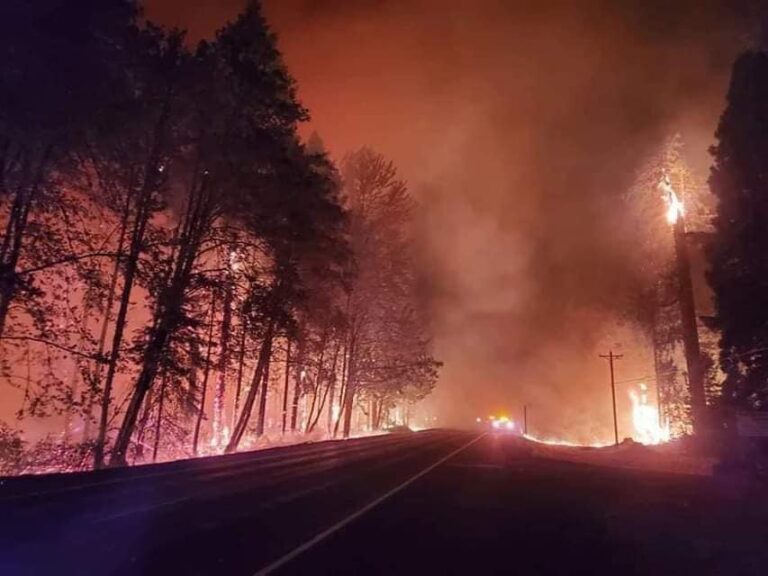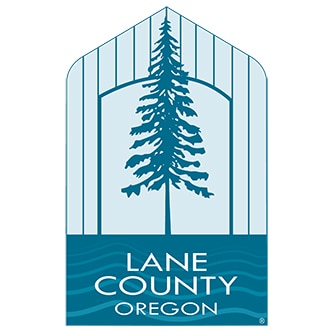Should I Use my Insurance to Pay for Wildfire Cleanup?
Oregon’s Debris Management Task Force strongly urges individual property owners not to remove hazardous materials and debris themselves because of the cost and the potential risks to health and safety. Doing the cleanup on your own will be more costly than using the state and county-led program, and could reduce the amount of insurance money you have available to rebuild your home.
Removal of household hazardous waste and debris can be an expensive process, costing as much as $75,000. Even with insurance, a majority of this cost may not be covered. Removal of household hazardous waste is being offered to property owns for no cost, which means that property owners can reserve their insurance funds for other recovery efforts. Removal of household hazardous waste is Step 1 in the cleanup process. State, county, and federal partners are actively working to develop funding and implementation options for Step 2: Ash and debris removal.
Learn more about how to participate in the state and county-led cleanup program by contacting your county or by visiting wildfire.oregon.gov/cleanup
What’s next for people whose homes or businesses burned?
Getting started
The State of Oregon is working with federal, state and local partners to safely address ash and debris from the 2020 Oregon wildfires. Removing fire debris is a two-step cleanup process. Step 1 is clearing properties of household hazardous waste to minimize exposure of hazardous materials to the public. Step 2 is removal of ash, debris and burned-out structures.
Step 1: Household hazardous waste removal – No cost to property owner
Before you can rebuild, your property must be cleared of household hazardous waste or other hazardous substances. Crews that specialize in identifying and removing hazardous substances will visit properties, determine what hazardous materials need to be removed, and remove them for safe disposal. This service is funded by federal and state government and provided free of charge to property owners in Jackson, Marion, Lincoln, Douglas, Klamath, Clackamas, Linn, Lane and Wasco counties.
Household hazardous waste includes fuel and petroleum, car batteries, propane tanks, antifreeze, used oil filters, solvents, fertilizers, pesticides, high pressure cylinders, disinfectants, aerosols, paint, bleach, pool chemicals, ammunition and more. Crews will also safely identify and dispose of large pieces of asbestos materials.
IMPORTANT: Property owners must sign an access agreement, called a Right of Entry form, by October 16 to allow cleanup crews onto their property. For more information about how to submit your Right of Entry form, contact your county, visit wildfire.oregon.gov/cleanup,or call 682-800-5737.
Step 2: Ash and debris removal
Ash and debris removal (Step 2) cannot begin until household hazardous waste removal (Step 1) is complete. State, county and federal partners are actively working to develop options for ash and debris removal. Find the latest information at wildfire.oregon.gov/cleanup.
What if I want to take care of the cleanup myself?
If you choose to clean up hazardous materials, it will be at your own cost. Removal of household hazardous waste and debris can be an incredibly expensive process, costing as much as $75,000. Even with insurance, a majority of this cost may not be covered. The state and federal government is committed to paying for removal of household hazardous waste, which means that property owners can reserve their insurance funds for other recovery efforts.
DEQ and EPA strongly urge individual property owners not to remove hazardous materials and debris themselves because of the potential risks to health and safety. However, if you take on cleanup yourself, please consider the following:
- Contact your insurance provider before you begin cleanup to learn of requirements they may have for reimbursement.
- Contact your county or city code enforcement agency to determine their cleanup requirements for new construction permits.
- Before cleaning up ash and other debris, get the material tested to determine if it contains asbestos. State rules govern various aspects of managing and removing asbestos. Refer to guidance on DEQ’s asbestos webpage or contact DEQ prior to starting any demolition activities. If it contains asbestos, hire a licensed asbestos abatement contractor
- Contact your local waste disposal site to learn what requirements they have for waste acceptance. Many landfills require specific documentation of the waste you drop off so they can handle it properly and comply with regulations. This can include lab results to determine what hazardous materials are in your debris. If you do not have the proper documentation, you may not be allowed to dispose of your debris.
- Cover ash and debris loads during transport.
- Recycle metal, concrete and wood debris. Clean recyclable materials with water prior to transport
to reduce the spread of asbestos or other contaminants in the ash. Do not discharge water
containing ash into the stormwater system or surface waters, as it can cause water quality issues.
- Follow safety precautions outlined at ordeq.org/afterthefire.
How can I stay safe while I search through my destroyed property for any remaining valuables?
If you choose to return to your property, follow safety tips at ordeq.org/afterthefire to protect yourself and your family.
Resources:
- 2020 Oregon Wildfire Response and Recovery assistance: wildfire.oregon.gov
- How to safely manage ash and debris from burned buildings: ordeq.org/afterthefire
- DEQ asbestos info: ordeq.org/asbestos
- Wildfire insurance resources: go.usa.gov/xGGq9







